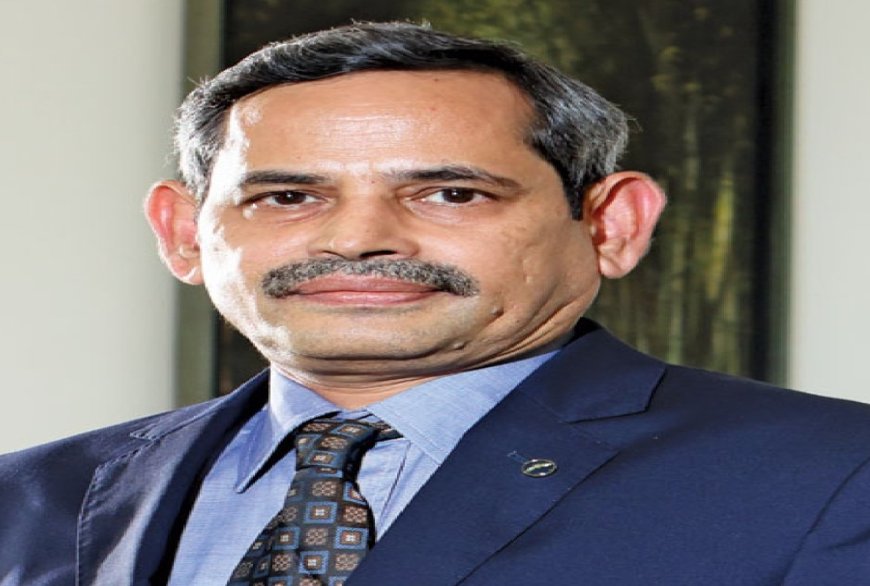The construction equipment sector should come up with more advanced equipment at affordable cost leveraging “Make in India” policy.
Nagesh Veeturi, Executive Director – Civil, KEC International How do you see the government’s ‘Make in India’ programme and its mission motivating construction industry to participate in it? How is this helping the construction and infrastructure sector to improve

How do you see the government’s ‘Make in India’ programme and its mission motivating construction industry to participate in it? How is this helping the construction and infrastructure sector to improve its technological status and competitiveness in the global market?
“Make in India” promotes collaboration / knowledge sharing between domestic and foreign companies, facilitating the transfer of advanced construction technologies and practices to Indian firms for bringing competitiveness in Indian construction firms at global level.
The program is encouraging investments in R&D, innovation in the construction sector to develop sustainable practices. Embracing digital technologies & automation, such as BIM, robotics, and IOT devices, which improves skill sets of workforces, construction efficiencies & project quality coupled with reduction in costs. The focus on infrastructure projects like Metros, Roads, Railways, Ports & Smart cities provides opportunities for the construction sector to implement advanced technologies and construction methods.
What is your future strategies at a time when technological disruptions are rapidly defining businesses in the construction sector?
Technological disruptions evolve rapidly. It is crucial for construction companies to stay updated / adaptable on industry trends.
Companies should prioritize digital transformation by adopting technologies such as Building Information Modelling (BIM), cloud computing, robotics, drones, 3D printing, augmented reality (AR), and virtual reality (VR). This enables real-time data analysis to improve project efficiency under safe working environment.
With the growing emphasis on sustainable practices, promotion of eco-friendly materials, energy-efficient designs and renewable energy solutions not only aligns with environmental goals but also contributes in reduction of harmful emissions.
How is the scarcity of skilled workers affecting the prospects of the construction market?
The construction market often experiences fluctuations in demand vis-a-vis availability of skilled workmen. The scarcity of skilled resources can compromise the quality of workmanship, leading to subpar construction outcomes limiting the industry’s ability to accomplish the overall vison of developing infrastructure projects to boost the economy.
Addressing the scarcity of skilled workers requires collaborative efforts between the construction industry, educational institutions, and the respective authorities by increasing the focus on vocational training programs and initiatives to attract and retain skilled workers.
Hits: 17








